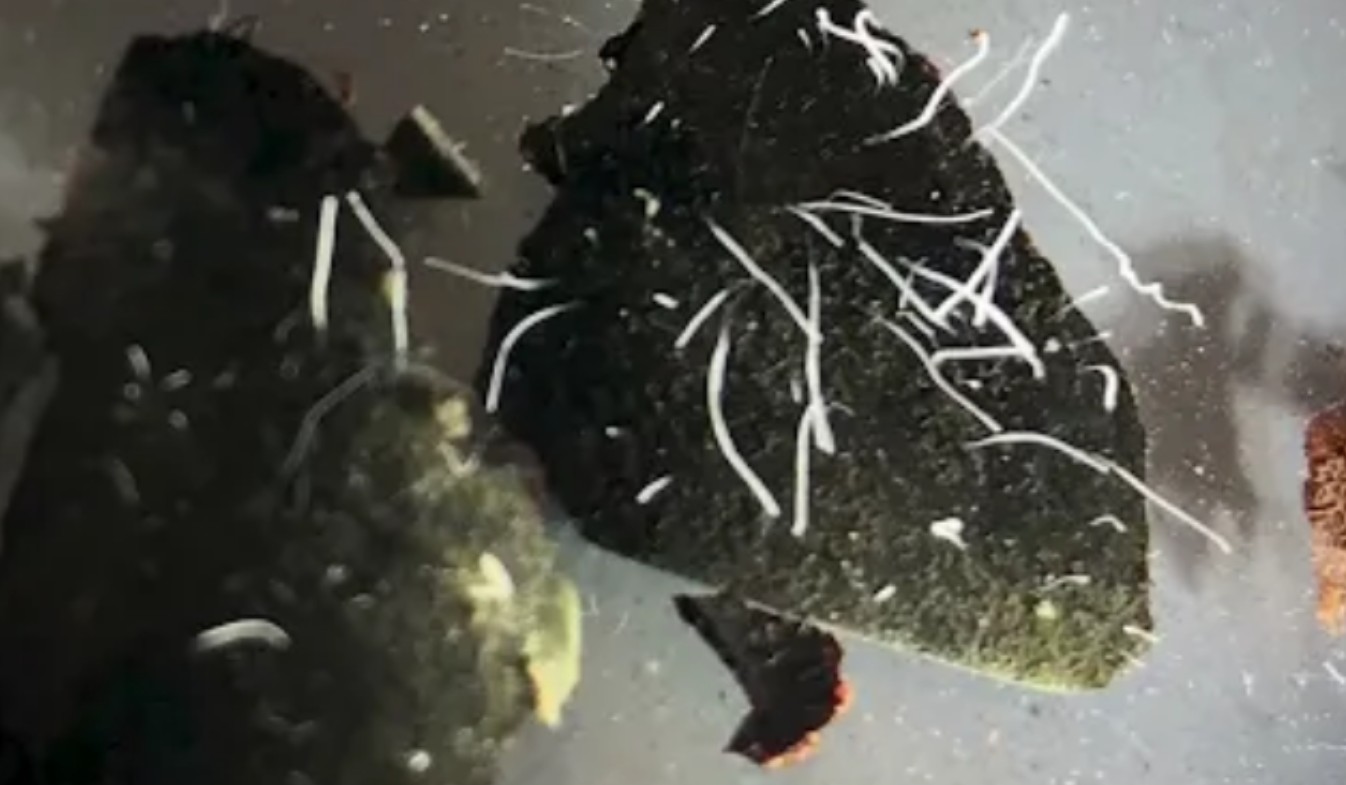
Photo :webshot.
June 24, 2022
Andrew Campbell
The research on the largest bacteria known as Thiomargarita magnifica conducted by marine biologist Dr. Jean-Marie Volland of the Lawrence Berkeley National Laboratory and his team was published on June 23 in the journal Science. The largest bacterium known to date is a member of the genus Thiomargarita that was discovered in the mangroves of Guadeloupe archipelago in the French Caribbean, according to Volland's research, "A centimeter-long bacterium with DNA contained in metabolically active, membrane-bound organelles."
The majority of bacterial species have cells that are 2 micrometers or less long, with some of the largest exceeding 750 micrometers. The authors discovered highly polyploid cells with compartmentalized DNA and ribosomes using a variety of imaging techniques. The Candidatus Thiomargarita magnifica bacterium's single cells, although being tubular and thin, stretched more than a centimeter in length.
This newly characterized bacterium was first spotted by Olivier Gros, a mangrove biologist at the University of the French Antilles in Guadeloupe. The researchers at Gros's lab attempted to describe these filaments, which they had initially mistaken for fungi or another type of multicellular organism. Volland, Shailesh Date, the founder and CEO of the Laboratory for Research in Complex Systems in Menlo Park, and others acquired high-magnification, three-dimensional images of these long specimens using a variety of molecular biology techniques. That made it possible for them to see each of the extraordinarily massive cells that made up a filament.
